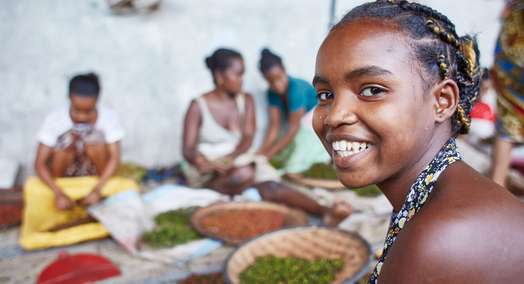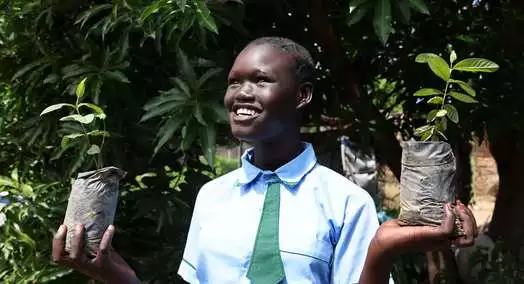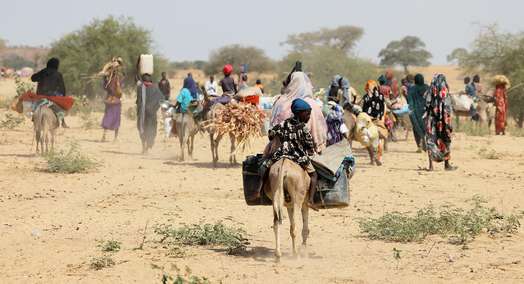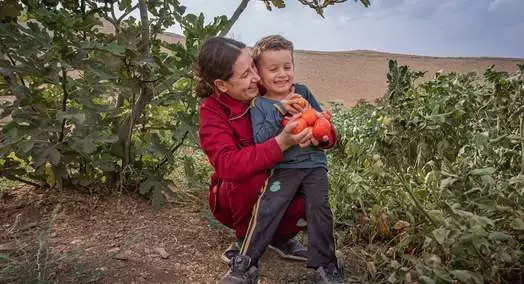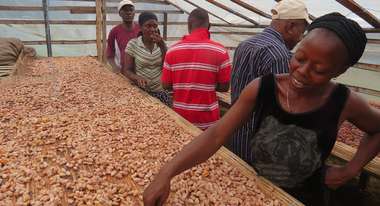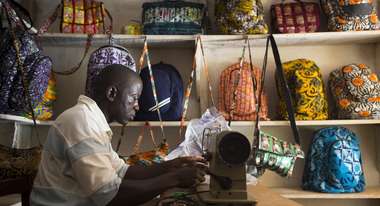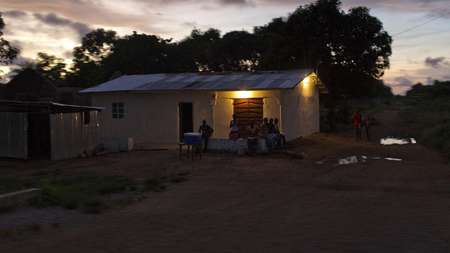
Energy for the Future
After the end of the Ebola epidemic, Sierra Leone’s fight against hunger and poverty became more desperate than ever. Agriculture and trade were in urgent need of revitalisation. To this end, the rural regions, in particular, required a functional supply of electricity. Together with its partners and with financial support from the European Union, Welthungerhilfe developed solutions to the energy problem.
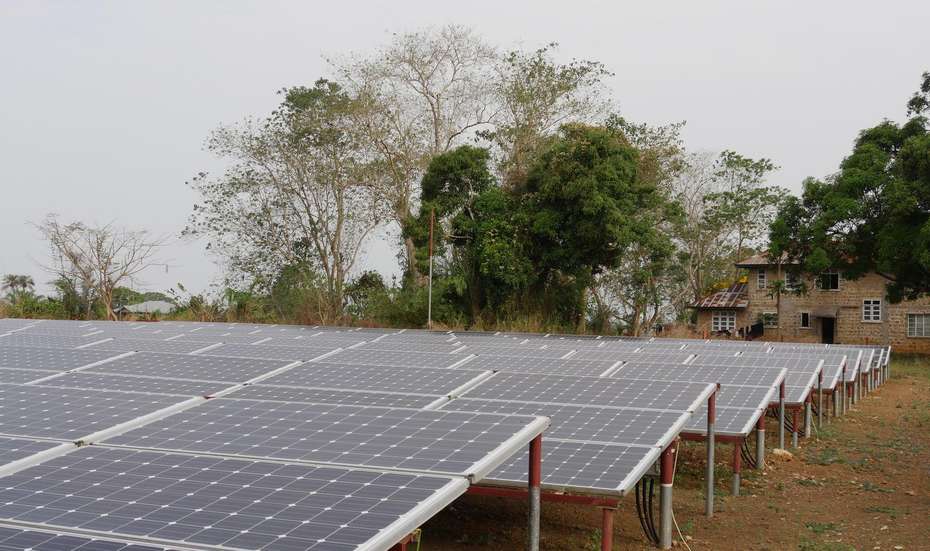
The people of Sierra Leone need electricity to use in their homes, to process their harvests, to cool, to cook, to charge their mobile phones and to provide light. Schools, hospitals, small agricultural processing facilities, shops and administrative buildings also depend on electricity.
Energy Production at Expense of Environment
In the past, people and institutions in rural regions met their energy needs with firewood, charcoal and diesel generators. However, logging harms the environment and diesel is too expensive. As a result, the majority must make do without power. In order to change this, Welthungerhilfe is supporting Sierra Leone with the expansion of their energy infrastructure in three locations.
In remote villages, solar energy is sold in so-called energy kiosks. People without a direct power supply can charge their mobile phones, flashlights or batteries for a modest fee. Experts offer community members comprehensive education regarding energy and environmental questions, power usage and democratic processes. The local administration and the national Ministry of Energy are also involved in the project. This ensures the maintenance and upkeep of the facilities in the long term.
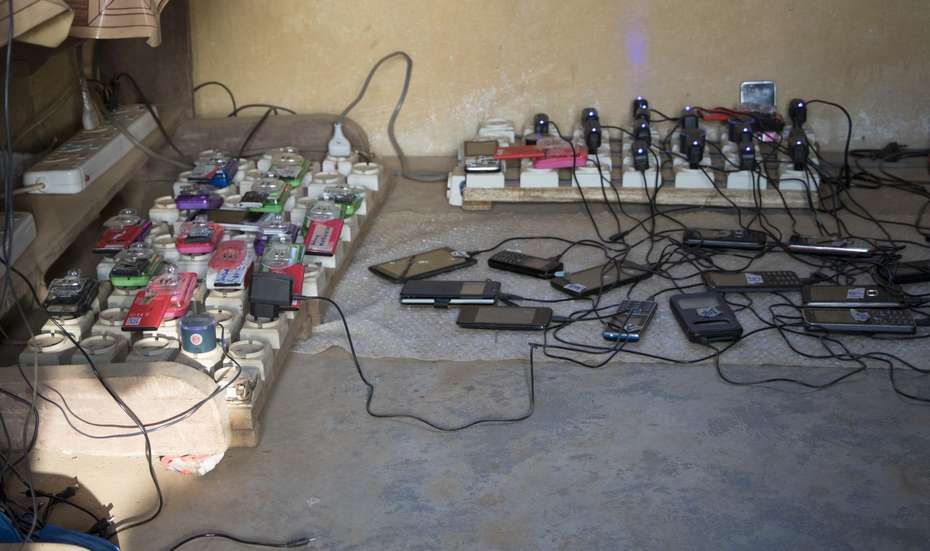
Long-Term Supply in Three Locations
Welthungerhilfe and its partners are focusing on solar energy in the Western Area Peninsula. In the communities of River Number 2 and John Obey, more than 200 households are being supplied with solar energy. Schools, small enterprises, community centres, the forestry administration and sustainable tourism centres are also connected to the grid.
Residents of the village of Panguna in the eastern district of Kenema also benefit from an energy system: Electricity from various photovoltaic facilities is fed into the local energy grid, supplying the community with power.
By constructing solar arrays of 70 to 120 kilowatts and a Mini Grid, a localised power grid, Welthungerhilfe and its partners Energy for Opportunity (ENFO), IBIS and COOPI are supplying households, businesses and institutions in the village of Gbinti with clean energy.
How Welthungerhilfe Supports People in Sierra Leone
- Constructing solar arrays in various locations
- Expanding local energy grids
- Installing energy kiosks
- Education and consultations for all participants
